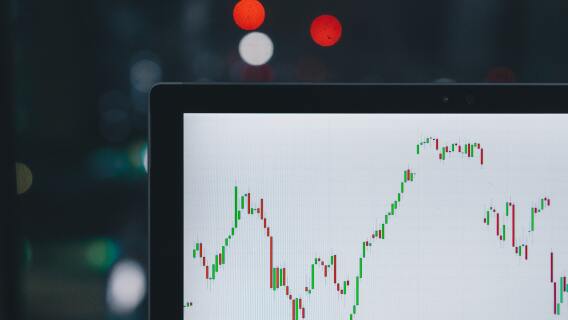If your portfolio was a house, mid-cap stocks would be the heating system. It’s easy to overlook, but important if you want to stay warm when it’s cold out.
Hold on. That makes more sense than it seems. Mid-cap stocks are middle-sized, publicly traded companies. Mid-cap stocks have a market capitalization between $2 billion and $10 billion, and while they aren’t as risky as small-cap stocks, they aren’t as “safe” as large-cap stocks, either.
So how are they like your heating system? Some investors chase the leading large-cap stocks to dizzying heights. In our analogy, this would be the fancy kitchen and expert landscaping. Meanwhile, small-cap investors look to hit the ball out of the park. This would equate to the paint colors and decorations. But stocks in the middle-ground are often unnoticed and neglected, kind of like the heating system. It’s an important part of your home, but unless something is wrong, you probably don’t give it much thought.




Where mid-cap stocks fit into your portfolio
The stocks of large-cap growth companies comprise a sizeable portion of many portfolios. The portfolios of mutual funds, hedge funds, ETFs and individuals are overloaded with the likes of Facebook (FB), Amazon.com (AMZN), Alibaba Group (BABA), Alphabet (GOOGL), Microsoft (MSFT)and Apple (AAPL). Growth at all these very large companies is impressive, but as the companies grow even larger, sales and earnings growth will inevitably slow and investors will begin to look elsewhere for the next great growth company.
Other investors seek the next Apple, Facebook or Amazon by investing in small companies with promising new ideas and products. Often a good-looking price chart of a young company will prompt investors to find out if sales and earnings are growing rapidly and if the company has a unique product or service.
It is true that sometimes investors can capitalize on a short-term opportunity and once in a while, they can hit a home run with a small company that fulfills its promises. But often, these little companies don’t reach their goals, and their stocks can create large losses in a hurry. Alternatively, mid-cap stocks offer investors several advantages. They’re generally less risky than small-caps, but have more growth potential than large-caps. And they often have low institutional ownership, leaving lots of potential for growth as big institutions add the stock to their holdings. In fact, their greatest period of growth is often ahead of them.
One of the key tenets of our investing strategy is to buy mid-cap stocks with sustainable business models. The reason is simple: We’re buying stock in companies relatively early in their life cycle and if they’re going to deliver big capital gains the business must grow every year for a long time. For that to happen the business model needs to create and deliver value for customers, while allowing the company to capture its fair share of that value in terms of revenue, earnings and cash flow.
Find out more about mid-cap stocks getting started with investing by ordering our FREE report, How to Invest in Stocks: How Stocks Work, How to Calculate Return on Investment and Other Investing Basics.
What questions do you have about mid-cap stocks? Let us know in the comments.




